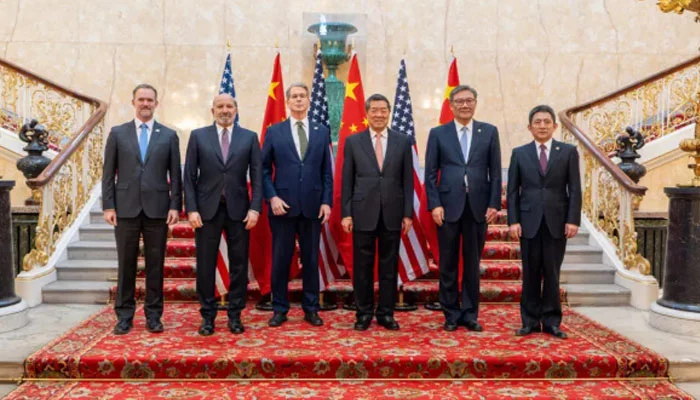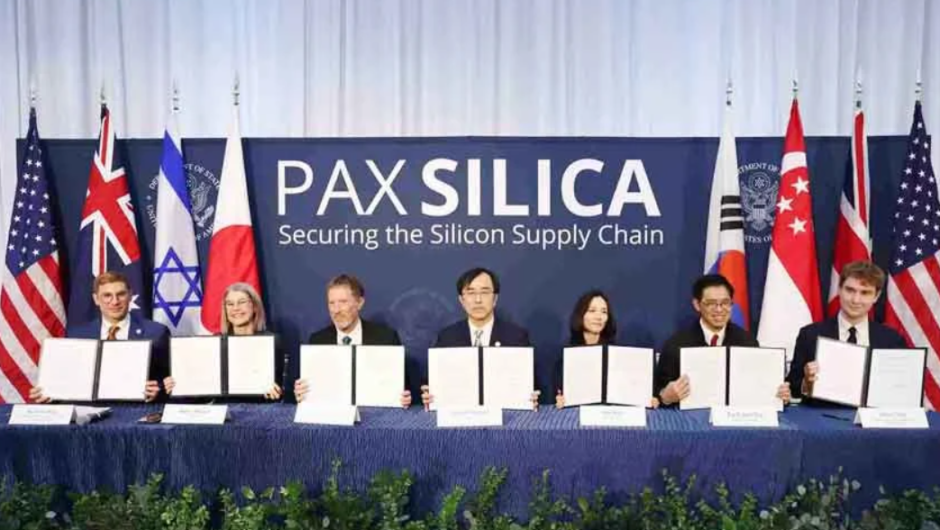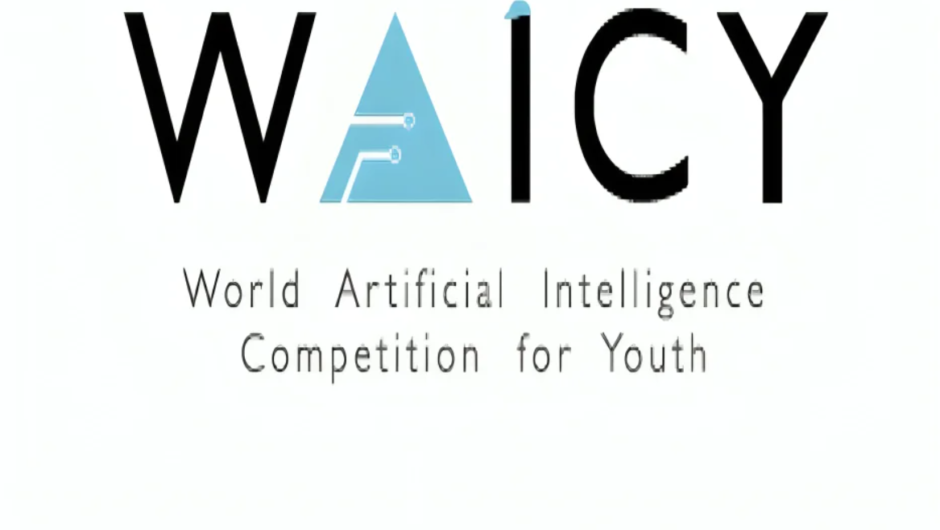Renewed Optimism Emerges in London Negotiations
As the second day of trade negotiations between the United States and China unfolded in London, fresh optimism began to take hold. High-level officials from both countries met at Lancaster House, pushing forward on a shaky tariff truce established in Geneva. With progress made on export-control relief and rare earth mineral shipments, markets responded with cautious confidence. U.S. Commerce Secretary Howard Lutnick described the discussions as “going really well,” suggesting talks could extend into Wednesday.
Framework Agreement Builds on Geneva Truce
Delegations have begun drafting a framework agreement to implement the Geneva consensus, which paused retaliatory tariffs for 90 days. This London framework aims to solidify commitments on both sides: lifting U.S. restrictions on semiconductor design software and aircraft exports, while easing China’s curbs on rare earth minerals . Both Commerce Secretary Lutnick and Chinese Vice Commerce Minister Li Chenggang confirmed that the framework reached in principle would be sent to Presidents Trump and Xi Jinping for final approval .
Key Issues: Rare Earths, Tech and Tariffs
Rare earth minerals have become a focal point. China holds near-total control over global rare earth supplies—critical for EV motors, defense systems, and electronics. Clarifying export pathways is a top U.S. priority Meanwhile, U.S. negotiators are seeking relief from Beijing’s export restrictions on high-tech goods, with potential concessions on both sides expected to emerge from technical working groups formed during the talks .
Presidential Oversight Decision Point
Any framework agreed upon at Lancaster House still requires ratification by Trump and Xi. The two national leaders have until August 10 to finalize a comprehensive agreement; otherwise, tariffs could surge—jumping from approximately 30% to 145% on U.S. imports or 10% to 125% on Chinese goods . This underlines the high stakes of these negotiations and the urgency to deliver a durable deal.
Market Reactions: Optimism Tempered by Caution
Financial markets responded positively to the talks. Asian equities rallied—Hong Kong’s Hang Seng climbed by 0.8%—while U.S. stock futures and Asian share indices edged higher on revived hopes of easing trade tensions. However, traders remain wary; muted market moves signal that investors recognize the progress is preliminary, and details matter .
Energy Markets Watch for Spillover Effects
Oil prices remained near seven-week highs as global markets speculated that a trade deal could support future demand . Observers expect improved sentiment in manufacturing and transportation sectors, which could contribute to momentum in crude markets if the framework sticks.
Analysts Urge Attention to the Details
Economists and trade experts caution that the pact’s real value lies in its implementation. Josh Lipsky of the Atlantic Council noted that while the talks mark progress, they don’t yet address deeper issues: “They are back to square one but that’s much better than square zero. Meanwhile, commentary from RFI and Barron’s echoed similar sentiment—progress is encouraging, but thorny structural issues remain unresolved.
Path Forward: Technical Work and High-Level Approval
With the London framework set, negotiators are shifting into technical drafting mode. Working groups will flesh out the details—covering export controls, tariff schedules, enforcement provisions, and dispute resolution. Presidential approval will hinge on those specifics. Meanwhile, the global economic community watches attentively; economists forecast that, if enacted, the agreement could support global GDP growth, currently hindered by trade uncertainty .
Topics #featured #trending pakistan




